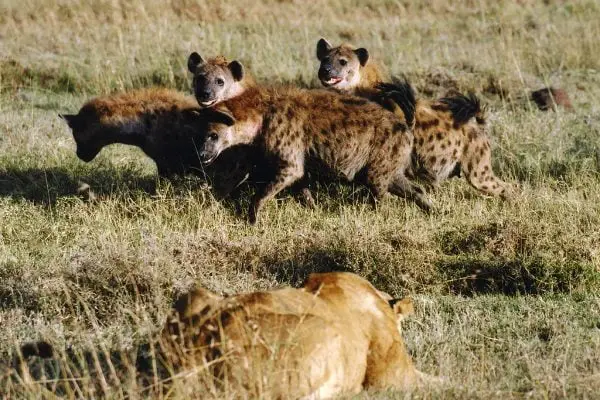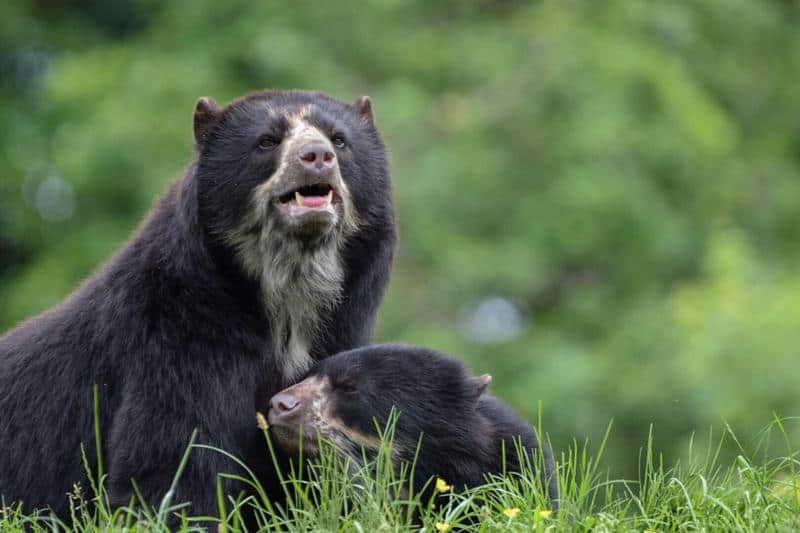With their prehistoric appearance and powerful jaws, alligators evoke a sense of awe and intrigue. These ancient reptiles, silently patrolling their swampy domains, play a vital role in maintaining healthy ecosystems. But beyond their captivating presence lies a fascinating layer of language – the diverse collective nouns used to describe them, offering a glimpse into their social behaviors and remarkable adaptations.
Collective Nouns for Alligators
Unlike some animals with singular collective nouns, alligators boast a diverse vocabulary, each term reflecting the specific context and behavior of the group:
- Congregation: This widely used term signifies a large gathering of alligators, often observed basking in the sun along the shorelines of freshwater marshes, swamps, or even coastal wetlands. It evokes a sense of shared space, seasonal gatherings, and the potential for social interactions within these aggregations.
Example: As the golden rays of the setting sun bathed the swamp in a warm glow, a congregation of alligators emerged from the murky water. Their massive bodies sprawled across the muddy bank, creating a spectacle of prehistoric resilience as they basked in the fading sunlight. This scene perfectly captured the communal nature of these gatherings, where alligators share the warmth and regulate their body temperature.
- Bask: This term, specific and evocative, describes a group of alligators sunning themselves in a particular location. It evokes a sense of relaxation, heat absorption, and the importance of thermoregulation for these cold-blooded reptiles.
Example: Nestled amongst the tall reeds at the edge of the lagoon, a bask of alligators lay motionless, their scaled backs glistening in the midday sun. Their sluggish movements and partially closed eyes highlighted their reliance on external heat sources to maintain their body temperature, showcasing a vital aspect of their behavior.
- Float: This term, less commonly used but visually descriptive, describes a group of alligators swimming together in a calm body of water. It evokes a sense of synchronized movement, effortless gliding, and the aquatic prowess of these remarkable creatures.
Example: As the morning mist began to dissipate over the still water, a float of alligators gracefully glided across the surface of the lake. Their powerful tails propelled them forward, their long snouts barely breaking the waterline, showcasing their ability to navigate their aquatic environment with silent efficiency.
- Group: This general term, while not specific to alligators, can be used to describe any gathering of these reptiles, regardless of size or activity. It offers a neutral and flexible option for referring to a collection of alligators.
Example: A group of alligators emerged from the dense vegetation, their eyes glinting in the dim light. Their movements were cautious and deliberate, showcasing their awareness of their surroundings and their reliance on individual instincts within a larger group.
Interesting Facts About Alligators
Understanding these collective nouns deepens our appreciation for the diverse behaviors and remarkable adaptations of alligators. But venturing deeper reveals their fascinating biology, ecological significance, and the challenges they face:
Masters of Stealth: Alligators are remarkably adapted predators, possessing powerful jaws, sharp teeth, and a keen sense of smell that allow them to effectively ambush their prey. Their ability to remain motionless for extended periods and blend seamlessly with their environment makes them formidable hunters.
Ecological Guardians: Alligators play a crucial role in maintaining healthy aquatic ecosystems. By preying on fish, turtles, and other aquatic animals, they help to control populations and prevent outbreaks of disease. Additionally, their presence can influence the behavior of other predators, leading to cascading effects within the ecosystem.
Facing Threats: Habitat loss, pollution, and human-wildlife conflict pose significant threats to alligator populations. Protecting their wetland habitats, promoting responsible interactions with these animals, and fostering a deeper understanding of their ecological contributions are crucial for ensuring their continued existence.
Cultural Significance: Alligators have held a prominent place in various cultures throughout history. They have been depicted in art, mythology, and folklore, often symbolizing strength, resilience, and adaptation. Recognizing their cultural significance fosters a deeper respect for these prehistoric creatures and their enduring presence in human imagination.
Final Thoughts
From the majestic “congregation” basking in the sun to the silent “float” gliding across the water, the diverse collective nouns for alligators offer a glimpse into their multifaceted lives and ecological significance. By understanding these terms and appreciating the captivating nature of these creatures, we foster a deeper respect for their remarkable adaptations, ecological contributions, and the need to ensure their continued existence as vital members of our natural world.
Also Read:





